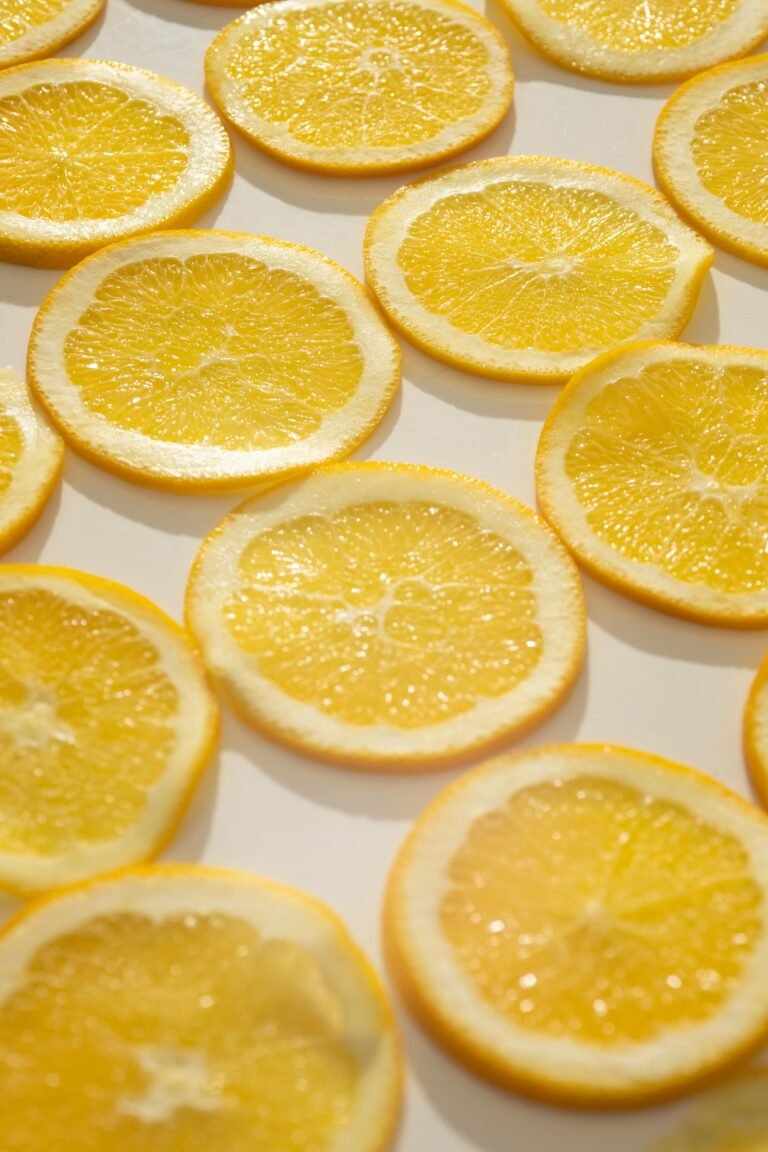The diet for seborrheic dermatitis
What is seborrheic dermatitis? Is there a diet for seborrheic dermatitis?
Adult seborrheic dermatitis is a problematic disorder not only from an aesthetic point of view, it is a form of chronic and relapsing eczema that can cause peeling especially on the face, neck and scalp, resulting in the creation of small wounds, redness, scabs and risk of hair thinning in severe cases, hearing loss, blepharitis on the eyelids. In addition, people with seborrheic dermatitis complain of severe itching in sensitive areas, which obviously worsens the symptoms if you scratch, favoring desquamation and causing micro-lesions.
The origins of seborrheic dermatitis are unknown.
In the areas of skin affected by seborrheic dermatitis there are strains of the Malassezia fungus and diet also plays a role in its management , as well as the reduction of stress, exposure to the sun in summer and the use of specific cleansing products.
THE DIET FOR SEBORRHEIC DERMATITIS
People suffering from seborrheic dermatitis often have digestive problems and sometimes have gluten or lactose intolerances and deficiencies in some vitamins and mineral salts.
The foods to watch out for are cow’s milk and derivatives, foods that contain gluten, an excess of simple sugars (ok fruit, to eat away from meals so that it does not interfere with digestion), eggs and in particular the yolk, oils seeds and dried fruit, peanuts and legumes (especially soy) or leavened products, fried foods and sausages. These food categories are related to worsening seborrheic dermatitis symptoms.
This is not to say that those with seborrheic dermatitis should exclude all of these foods , but try to limit them and see if there is any improvement. Or proceed with an exclusion diet for foods that cause greater digestive difficulties, or that are suspected of triggering contraindicated reactions such as abdominal swelling, more dry and scaly skin, dehydration, sleep disturbances, intestinal regularity disturbances. This is because gut and seborrheic dermatitis appear to be closely related . In many people with seborrheic dermatitis, for example, a greater proliferation of intestinal candida has been seen. This is often linked to a high-sugar diet. People who restricted simple sugars to treat candida have seen a significant improvement in dermatitis.
In addition, refined foods and an excess of coffee and alcohol can also make it worse.
Diet for seborrheic dermatitis: foods to be consumed preferably
Citrus fruits, red fruits, complex carbohydrates from rice, potatoes, gluten-free cereals such as buckwheat, quinoa, corn, or naturally low gluten cereals such as spelled spelled or flour timilia, white or veal meat, fish, egg white, fresh vegetables, in several portions per day but organic, olive oil, coconut oil, clarified butter, goat or sheep milk and goat or sheep cheeses, leavened products only with mother yeast.
Foods to be preferred on a daily basis:a reduction in the symptoms of seborrheic dermatitis can be obtained by consuming centrifuged fresh fruit and vegetables with a percentage of 20% of fruit and 80% of vegetables, with particular preference for citrus fruits and vegetables such as fennel, cucumbers, tender spinach, endive, radishes, celery.
For example, you can drink a smoothie for breakfast, one mid-morning and one in the afternoon. The use of fresh fruit and vegetables is essential to treat seborrheic dermatitis, having a relieving action on the skin and also acting through antioxidants, which positively stimulate the immune system and the excretory organs in general. For example, for lunch at dinner you can eat cooked and raw vegetables as long as they are organic, and add peeled fruit snacks throughout the day.
Whole foods without gluten or tubers are the best sources of carbohydrates, for example, uncontaminated oats, rich in prebiotic fiber. Lightly cooked white meat and fish dishes and a drizzle of raw olive oil for dressing or egg whites omelets may be the right protein alternatives. The key word of the seborrheic dermatitis diet is therefore digestibility, with an eye to the overall glycemic and insulin load of meals, to keep blood sugar under control, avoid an excess of intestinal fermentation caused by too many simple sugars, improve and support the work of the liver.
Another very important thing in the diet for seborrheic dermatitis is the consumption of probiotic and prebiotic foods.
Among the probiotic foods we find goat yogurt, goat and sheep cheeses (watch out for moderation), water kefir, fermented coconut yogurt, miso, lacto-fermented vegetables, pickles and sauerkraut. Prebiotic foods include oats, raw honey, apples, pears, asparagus, garlic and dandelions.
For those not used to probiotics, you can start by proceeding step by step, for example by taking only one probiotic food in a contained dose and more prebiotic foods, or lactic ferments in ampoules, and then gradually increasing the daily consumption.
Finally, the diet for seborrheic dermatitis must be rich in foods that contain B vitamins and zinc: among these we find salmon, turkey, calf liver, sardines, leafy vegetables, royal jelly, ginseng, spirulina algae, mushrooms, milk and goat cheeses, crustaceans and molluscs, fresh and dried aromatic herbs.
























+ There are no comments
Add yours